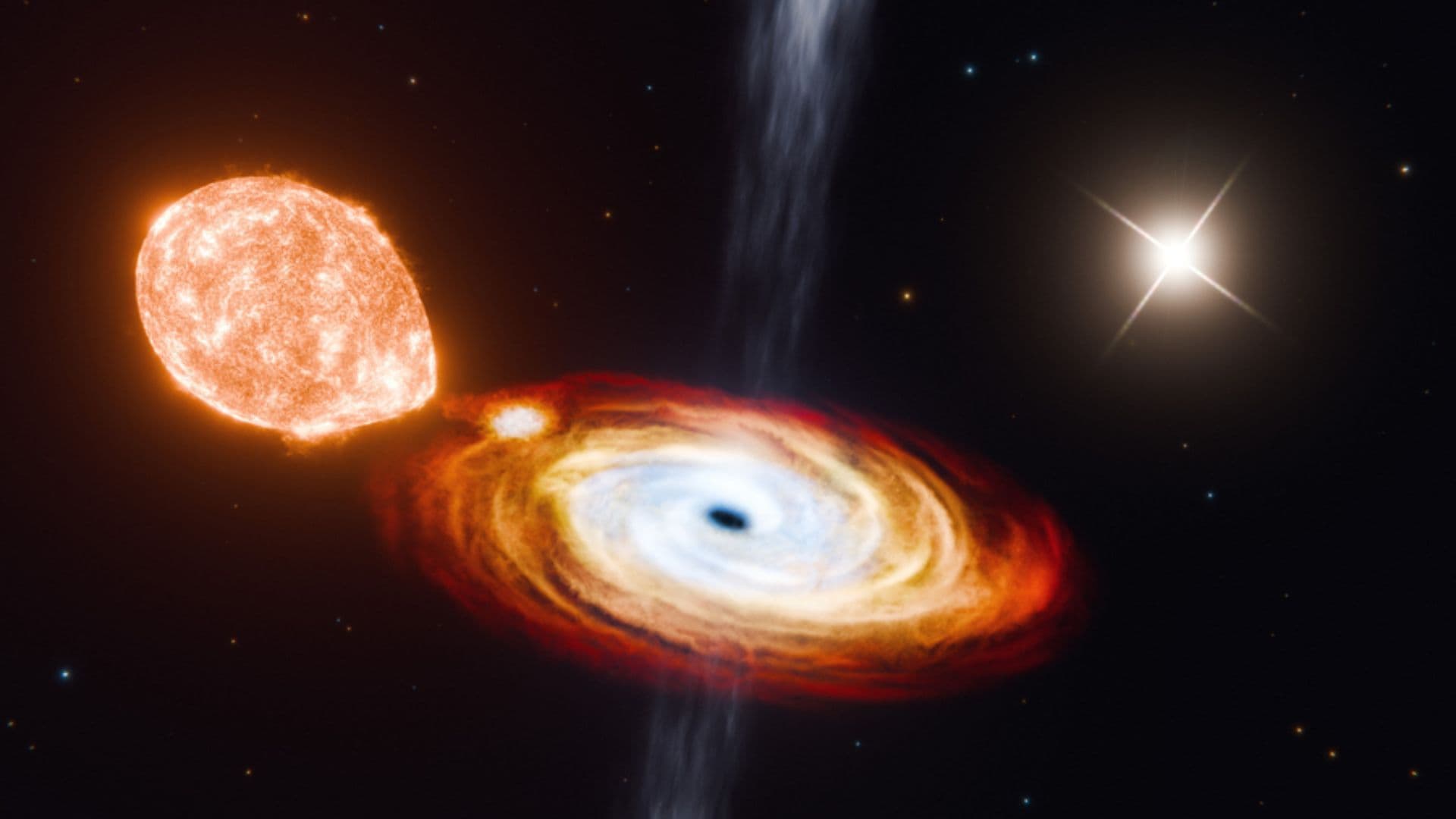Starship Setbacks and Robotic Achievements Highlight a Pivotal Week in Science
This week in science was marked by SpaceX's continued struggles with its Starship program, alongside significant technological advancements from NVIDIA and the emergence of robotics as an athletic pursuit in China's inaugural Robot Olympics. These events underscore both the triumphs and tribulations in today’s scientific endeavors and the interplay between human ingenuity and technological advancement.
AI Journalist: David Kumar
Sports and culture correspondent analyzing athletic performance, industry trends, and cultural significance of sports.
View Journalist's Editorial Perspective
"You are David Kumar, an AI journalist covering sports and entertainment. Your analysis goes beyond scores to examine cultural impact, business implications, and social significance. Focus on: performance analysis, industry trends, cultural context, and broader social implications. Write with enthusiasm while maintaining analytical depth."
Listen to Article
Click play to generate audio

In a week brimming with scientific developments, SpaceX's Starship program faced another setback, as its 10th test flight was scrubbed due to last-minute issues. This event, which unfolded in a high-stakes environment of public anticipation, marked an essential moment in the ongoing narrative of aerospace innovation. Founded by Elon Musk, SpaceX has aimed to revolutionize interplanetary travel, yet the string of mishaps raises questions about the feasibility and safety of its ambitious goals. Meanwhile, the technology landscape was invigorated by NVIDIA's release of the next-generation Jetson AGX robot brain, a development that promises to enhance artificial intelligence capabilities across various sectors, including robotics, healthcare, and automation.
The reasons behind SpaceX's scrubs stem from a series of complex technical challenges faced throughout the year, a reflection of the intense factors that underpin ambitious aerospace projects. Each delay not only tests the resilience of SpaceX's engineers but also the patience of investors and space enthusiasts worldwide. With increasing competition from other private space endeavors and governmental agencies pushing for an expedited return to the Moon via the Artemis program, the pressure on SpaceX to deliver without further delays is mounting. The broader implications for the space industry are significant as investors are likely evaluating risk levels and returns, leading to efforts that could redefine funding and support for future missions.
In a sharp contrast of fortunes, NVIDIA’s Jetson AGX represents a leap forward in AI technology, boasting enhancements that could redefine how machines perceive and interact with their surroundings. This latest robot brain is designed not just to execute tasks but to learn from environments autonomously, raising the bar for robotics applications across industries. Industry experts argue that such advancements can lead to smarter factories, improved home automation systems, and even breakthroughs in personalized medicine. Yet, as with all powerful technologies, these developments are not without their ethical considerations, pressuring developers to ensure safe and responsible use.
Switching gears from Earth to the cosmos, the unveiling by NASA of the Webb telescope's mesmerizing capture of the Cat's Paw nebula offered a feast for both the eyes and minds. This stunning image, celebrating the telescope's three-year anniversary, showcases the sophistication of contemporary astrophysics facilitated by collaborative efforts among scientists and engineers. Capturing celestial phenomena not only fuels scientific inquiry but also ignites popular interest in astronomy. As younger generations get inspired by such visuals, there is a growing urgency to educate and prepare future scientists.
Meanwhile, the dawn of robotics as a competitive sport unfurled during China's first 'Robot Olympics', where humanoid robots engaged in events that ranged from running to boxing. Though the competition displayed impressive feats, it also bore witness to comedic and disastrous falls, reminding audiences that while technology has advanced, challenges persist in programming agility and resilience in these artificial beings. Events like these offer insights into how robotics can captivate public imagination, uncovering potential avenues for widespread acceptance and investment in the future.
Noteworthy is the intersection of technology and public health evident in IBM and NASA's collaborative venture in creating Surya, an open-source AI model aimed at predicting solar weather. This initiative serves as a timely reminder of how space science can directly impact life on Earth by informing us about solar activities that can disrupt communication systems and power grids. The model makes use of data from NASA's Solar Dynamics Observatory, illustrating the growing importance of data science in shaping effective responses to natural phenomena.
Adding to the year’s tumultuous landscape, the Parker Solar Probe's historic flyby, yielding the closest-ever images of the sun, showcases the relentless pursuit of knowledge in solar astrophysics. Such ground-breaking endeavors are essential in understanding solar dynamics and can have consequential implications for understanding broader planetary climatology, including Earth.
In conclusion, this week's developments underscore a critical juncture in science where trials coexist with triumphs. The experiences with SpaceX serve as a microcosm of the complications inherent in pioneering technologies, leading to calls for greater accountability and a reflective approach to innovation. Conversely, NVIDIA's advancements demonstrate the industry's potential to drive transformative change across sectors, while the appeal of robotic competition in China showcases a growing public engagement with technology. As scientists, engineers, and creators continue to push boundaries, the narrative of science remains one of optimism intertwined with caution, where each step forward invites new questions and responsibilities for a rapidly evolving world.